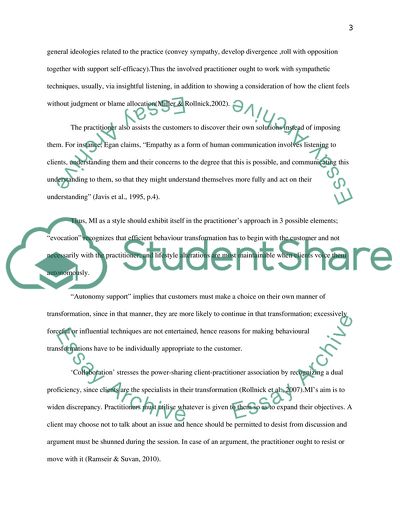Cite this document
(Motivational Interviewing and Its Function in Person-Centred Social Coursework, n.d.)
Motivational Interviewing and Its Function in Person-Centred Social Coursework. Retrieved from https://studentshare.org/social-science/1854659-motivational-interview
Motivational Interviewing and Its Function in Person-Centred Social Coursework. Retrieved from https://studentshare.org/social-science/1854659-motivational-interview
(Motivational Interviewing and Its Function in Person-Centred Social Coursework)
Motivational Interviewing and Its Function in Person-Centred Social Coursework. https://studentshare.org/social-science/1854659-motivational-interview.
Motivational Interviewing and Its Function in Person-Centred Social Coursework. https://studentshare.org/social-science/1854659-motivational-interview.
“Motivational Interviewing and Its Function in Person-Centred Social Coursework”. https://studentshare.org/social-science/1854659-motivational-interview.


